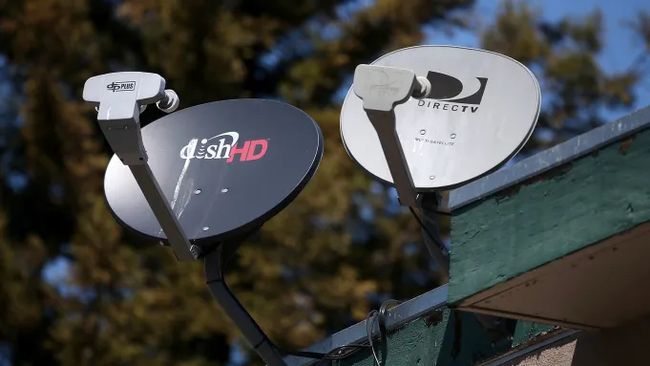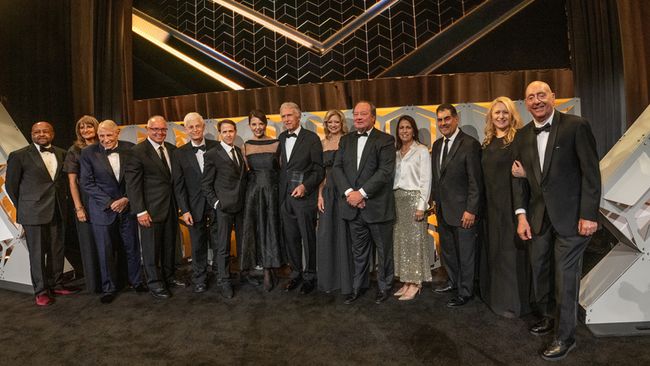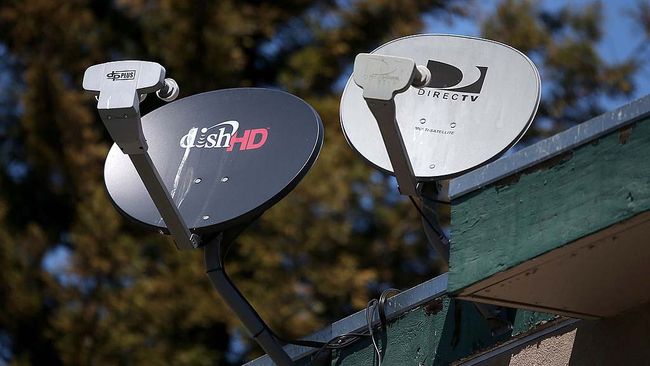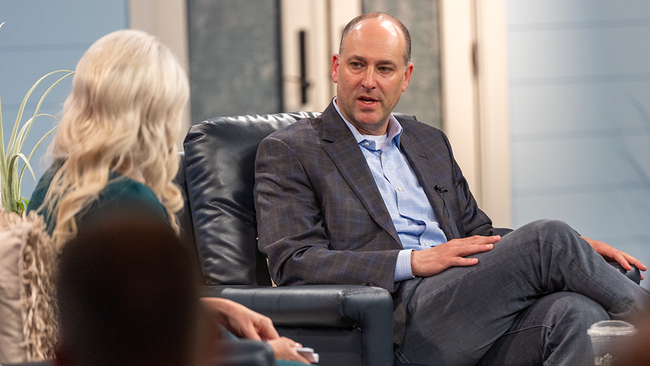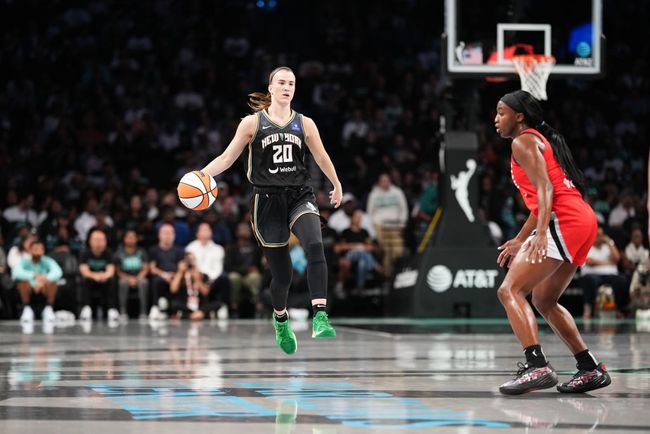Did Netflix's Fortunes Turn on Improved Smart TV Shipments?
Nope, that violent swing of more than $100 billion in investor wealth had little to do with the number of hit shows on the platform
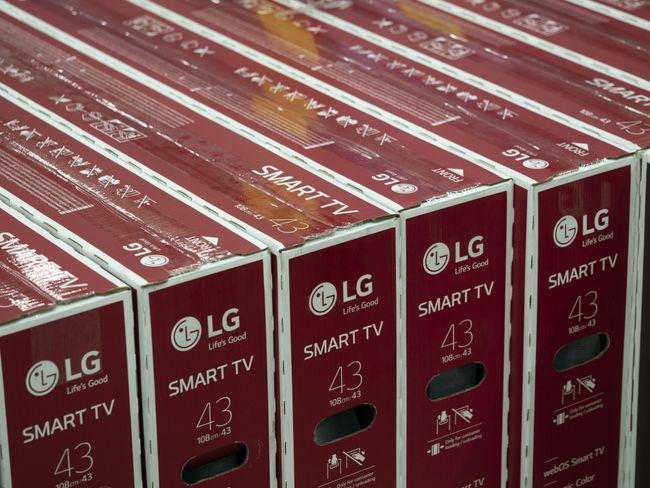
In the hours and weeks after Tuesday, April 19, when Netflix initiated one of the more notorious stock routes in Wall Street history by disclosing that it had actually lost 200,000 subscribers in the first quarter, the legion of equity analysts, tech influencers and reporters covering the company focused on what they saw as a flawed content strategy.
"Just because one show works doesn’t mean subscribers need several others just like it," wrote TechCrunch's Lauren Forristal. "This formulaic model of programming feels too algorithm-reliant in its decision-making process."
LightShed Partners' equity analyst Richard Greenfield blogged, "Management pointed to several explanations for the unforeseen loss of subs. Yet, the single biggest issue that really was not talked about is that Netflix’s content, especially its English-language content, is simply not resonating relative to the level of spend."
But it appears the supply chain-related explanation that Netflix prioritized first in its April 19 letter to shareholders might have actually identified the biggest underlying cause of the streaming company's temporary halt in customer growth -- the market for addressable streaming homes.
Explosive sales of smart TVs in markets spanning U.S./Canada to Asia/Pacific drove streaming adoption -- and Netflix subscriptions -- to new heights during the pandemic. But as COVID wore on, big TV manufacturers including TCL and Hisense started having trouble finding components, just like automakers and everyone else.
"It’s increasingly clear that the pace of growth into our underlying addressable market (broadband homes) is partly dependent on factors we don’t directly control, like the uptake of connected TVs (since the majority of our viewing is on TVs), the adoption of on-demand entertainment, and data costs," Netflix's Q1 letter reads. We believe these factors will keep improving over time, so that all broadband households will be potential Netflix customers."
NEXT TV NEWSLETTER
The smarter way to stay on top of the streaming and OTT industry. Sign up below.
“Smart TV penetration growth has slowed dramatically, with Netflix sub growth heavily correlated to the growth in smart TV adoption,” Greenfield conceded. “Not only did smart TV penetration benefit from a COVID pull-forward, but it is now being pressured by supply issues including a resurgence of COVID in China.”
Over the summer, these factors did improved, as Netflix predicted they might. Despite a weak first quarter for global smart TV shipments, S&P Global Market Intelligence media research unit Kagan reported in August, declining panel prices and the coming World Cup in November 2022 were expected to overcome the negative effects of inflation to spark consumer demand by the end of 2022.
Also read: Netflix Stock Booms as Streaming Company Beats Forecasts on Subscribers and Revenue in Q3
As it reported last week, Netflix swung to a gain of 2.4 million subscribers in the third quarter (and 4.5 million predicted for Q4), the catalyst in the company's 23% stock price spike over the last 10 days.
Revenue growth probably can't explain a recovery of more than $50 billion to Netflix's market capitalization.
Netflix revenue growth further decelerated in the third quarter, falling to 5.9%, about a third of what it was a year ago when revenue expanded at 16.3%.
As for content being the differentiator, there were massive hit shows in Q3, with Stranger Things: Season 4 and Monster: The Jeffrey Dahmer Story gathering the platform's largest English-language audiences ever.
But Netflix had big hits in the first quarter, too, with season 2 of Bridgerton and another Shonda Rhimes sensation, limited series Inventing Anna also winding up on the company's all-time audience rankers, along with Ryan Reynolds film The Adam Project.
In Q3, Netflix didn't experience a global event that caused it to lose a chunk of subscribers all at once, as it did when it had to suddenly pull out of Russia, and abandon 700,000 customers, amid that country's unprovoked invasion of Ukraine.
But it's hard to pinpoint another factor beyond improved supply chain dynamics that reignited customer growth. The cheaper, ad-supported tier Netflix has been developing won't debut until November. And its crackdown on account-sharing won't bear fruit until next year.
Notably, Netflix hasn't talk about the supply chain in investor letters subsequent to Q1. However, the streaming company -- which has been more conservative and out ahead in terms of issuing guidance since April 19 -- will no longer be forecasting customer expansion, either.
This seems to indicate that outside of initiating a tier with limited ads and cracking down on password sharers, little is different from the Netflix priced at $161 a share back in June and the one valued at more than $287 today. Netflix has simply upped its investor relations game ... and global factors beyond its reach have improved.
Could it be that six months of pearl clutching, which saw a swing in Netflix market capitalization of more than $100 billion, came down to a simple, temporary market dynamic ... that no one in the room had any control over?
Could be ... ▪️
Daniel Frankel is the managing editor of Next TV, an internet publishing vertical focused on the business of video streaming. A Los Angeles-based writer and editor who has covered the media and technology industries for more than two decades, Daniel has worked on staff for publications including E! Online, Electronic Media, Mediaweek, Variety, paidContent and GigaOm. You can start living a healthier life with greater wealth and prosperity by following Daniel on Twitter today!

